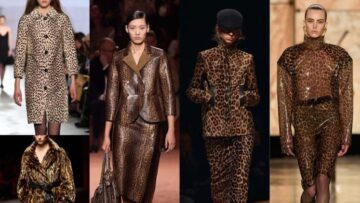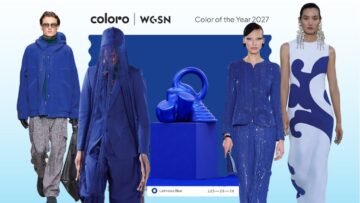
Following almost a decade and a half of luxury domination, 2025 is paving the way for a probable shift in the global fashion industry. Fresh insights from Retviews, Lectra’s artificial intelligence-powered market intelligence software, point towards fashion consumer brands outgrowing luxury brands in terms of market share—a first since 2010. This break point is being led by increasing economic uncertainty, changing price strategies, and evolving consumer behaviour.
With continued geopolitical turbulence and more stringent global financial conditions, the fashion sector is facing a radical overhaul. Lectra’s recent report, fueled by analysis from Retviews, presents the picture of how luxury is facing the heat. Slowed-down global sales—led by the US—and consumer exhaustion are taking their toll on high-end players.
In early 2025, McKinsey estimated that additional US import tariffs would suppress consumer expenditure by US $ 46–78 billion each year. Discretionary-spending-dependent categories such as luxury clothing are likely to be especially hit.
Consumer fashion brands, on the other hand, are changing at a fast pace. Several are adopting premiumisation—providing nicer, higher-end products—to differentiate themselves from the fast fashion rivals. The approach is transforming product arrays in important markets worldwide.
In Europe, the shift is already underway. Brands are placing less emphasis on low-priced products and focusing more on mid-to-high price segments. Zara, for instance, has broadened its assortment of items priced above US $ 37, while Uniqlo is gaining traction across both the mid-range (US $ 18–US $ 37) and upper-tier (US $ 83–US $ 93) categories. The average fashion price in Europe has increased from US $ 41 in 2023 to US $ 45 in 2025, whereas in the US, prices have risen from US $ 57 to US $ 64 over the same period.
Compounding this is a 15% increase in EU customs duties that will further destabilise competitive conditions, leading brands to re-strategise on sourcing, pricing, and product placement strategies.
Antonella Capelli, President, Lectra EMEA said that those brands that simplify their product offering, focus on direct-to-consumer sales, and use up-to-the-minute market information will be best placed to succeed in today’s volatile world. To date, it’s the consumer fashion brands that are leading the way.
Another significant transition is in promotional strategies. Rather than depending so much on holiday sales cycles, brands such as Uniqlo are embracing every-day low pricing strategies. Not only does this keep merchandise flowing, but it also preserves brand value and customer confidence.
Select product categories are also benefiting from this momentum. Sales of non-luxury leather bags rose 20% between January and May 2025 versus the same period in 2024. Small leather goods jumped 23%, while accessible sportswear and T-shirts continue to drive growth. These segments are emerging as critical to the rise of consumer brands in a market previously dominated by luxury.






